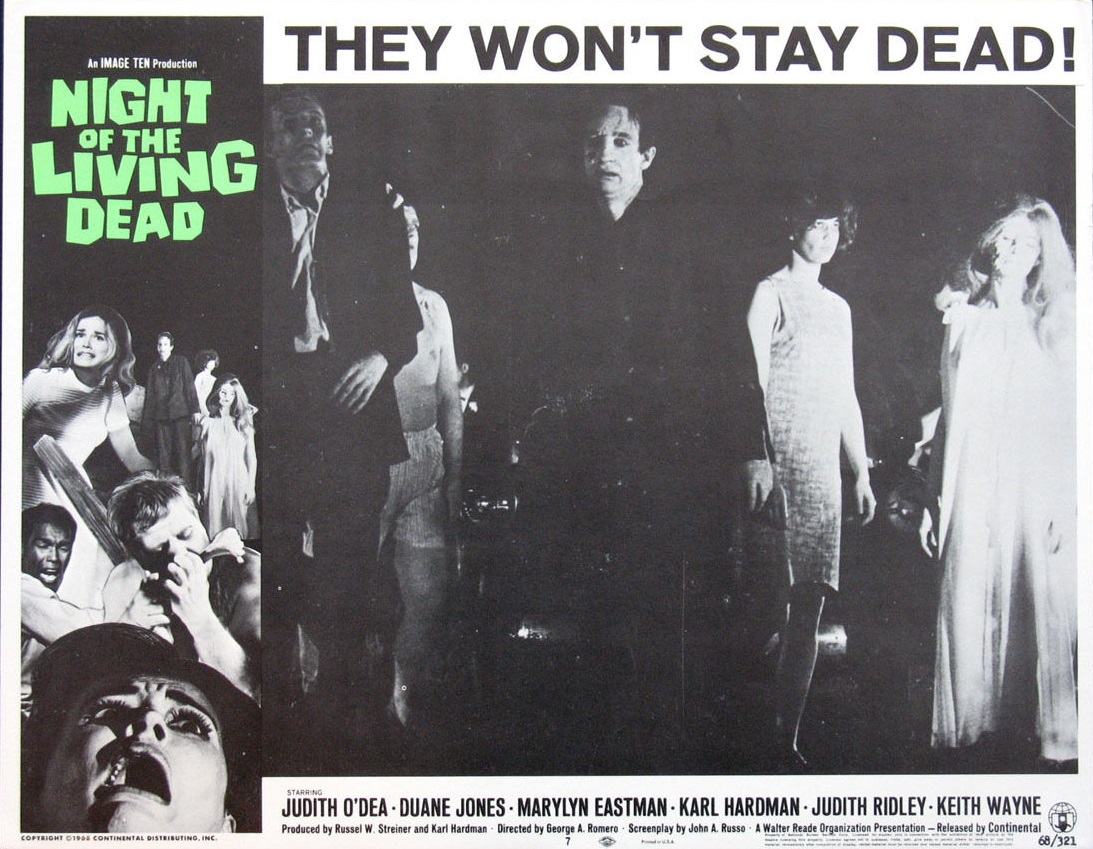Pittsburgh would not be what it is today without its rich history of horror. The City’s spooky notability started after it became the backdrop for director George A. Romero’s “Night of the Living Dead” — one of the most influential films in film history.
Many directors followed in Romero’s footsteps and utilized Pittsburgh for its distinct landscape that was not found in many other cities. After a handful of frightening films were produced in the City, such as “Creepshow,” “Monkey Shines,” “Dawn of the Dead” and “Silence of the Lambs,” Pittsburgh was recognized as the home of horror.
Adam Lowenstein, the director of Pitt’s Horror Studies Working Group and professor of film and media studies, sees Pittsburgh as the birthplace of horror. Romero established Pittsburgh as a city for creativity and made Pittsburgh a place for future directors to pursue their horror projects.
“It has everything to do with George Romero. George is so closely associated with Pittsburgh, and because George is so closely associated with horror, [Pittsburgh] is George’s town. That must be a horror town,” Lowenstein said.
Romero was one of the first filmmakers to utilize Pittsburgh as a place for creativity.
“So I feel like you know, all of those films are special because they really take Pittsburgh seriously as a place for creative and artistic activity,” Lowenstein said.
Pittsburgh, as a site of filmmaking, acts as a setting for many filmmakers to pay respect towards Romero and the inspiration they drew from him.
“I think Pittsburgh has a particular attraction for films that are interested in exploring the dark side, whether they’re explicitly horror films or not,” Lowenstein said. “A lot of those filmmakers like to pay homage to the place where George made his films.”
Emma Johnson, a PhD candidate in the literary and cultural studies program in the English department at Carnegie Mellon University, similarly attributes Romero for bringing the horror scene to Pittsburgh.
“He started that wave, gaining recognition, and then giving Pittsburgh this reputation as a site of horror filmmaking, and there’s been several made there since,” Johnson said.
One of the reasons Romero was so influential to filmmakers was because of the ways he used horror as commentary. Pittsburgh has a long history of labor and industrialization, inspiring filmmakers to draw on its rich history. Romero was one of the filmmakers who used Pittsburgh’s post industrial landscape to build social commentary through the art of film.
“Romero is less interested in horror than social issues, and he used horror as a vehicle for those,” Johnson said. “Horror films made in Pittsburgh are somehow symbolic of the horror of deindustrialization or somehow related to that kind of economic trauma happening here while these films are being made.”
Pittsburgh is widely known as a location for filmmaking, in part because of Romero, but also because of the distinct landscape of Pittsburgh. Lowenstein highlights the versatility of the City’s environment.
“It’s a city that can stand in for just about anywhere. We’ve got rivers, bridges, skyscrapers, neighborhoods, parks, trees and mountains. We can do it all,” Lowenstein said.
With Pittsburgh being such a distinct city of horror, many Pittsburgh residents celebrate its rich horror history by paying homage to its great influence on film.
Johnson, who is a resident of Lawrenceville, said many locals have paid homage to Romero and horror through art.
“There is a giant Tom Savini mural, and there’s tons of murals all over dedicated to ‘Night of the Living Dead,’ Romero, and related peoples, which is so awesome,” Johnson said.
“I’ve lived in Pittsburgh for 25 years now, and I feel like what I’ve seen over the course of that time is the city more and more owning its well deserved place as a global capital for horror. This is now something the City is very aware of and proud of, and you know, rightly owns as one of the things that makes Pittsburgh unique and something that brings people to Pittsburgh from quite distant places,” Lowenstein said.
Romero’s “Night of the Living Dead” began a new era for Pittsburgh’s horror scene — one that continues to inspire filmmakers today. The city’s rich, industrial history provides an adaptable setting for filmmakers to shapeshift the landscape into something of their own. Each aspect of the city builds from its rich history of labor and industry, helping to produce the most socially influential and spooky films.

